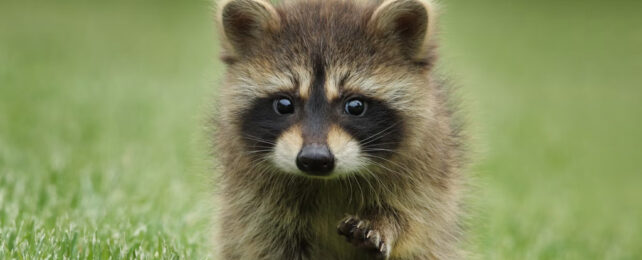The virus responsible for COVID-19 is now widespread in wildlife. A new study in the US identified exposure rates of up to 60 percent in some species.
"I think the big take-home message is the virus is pretty ubiquitous," says Virginia Tech conservation biologist Amanda Goldberg. "We found positives in a large suite of common backyard animals."
Testing almost 800 nasal and oral swabs from animals in rehabilitation centers or that were trapped and released in the wild, the researchers identified six different species with antibodies indicating they'd been infected with SARS-CoV-2 at some point.
Most of the infected species are common across North America and the researchers think it's likely that wildlife exposure to the virus is widespread.
But Goldberg and colleagues stress that they found no evidence of SARS-CoV-2 being transmitted back to humans from wildlife.
Sites with high human activity had three times the prevalence of viral antibodies in animals, suggesting that, as with most diseases, humans are doing the majority of the spreading. Humans pass on twice as many viruses to other animals as we receive from them.
As humans rarely come into physical contact with wildlife, the researchers suspect most wildlife exposure to SAR-CoV-2 occurs indirectly through trash and wastewater.
The species found to have been infected included eastern cottontail rabbits (Sylvilagus floridanus), racoons (Procyon lotor), eastern deer mice (Peromyscus maniculatus), Virginia opossums (Didelphis virginiana), groundhogs (Marmota monax), and eastern red bats (Lasiurus borealis).
Not all species showed symptoms of the virus or viral shedding when tested in laboratory conditions.
"Our results highlight that evaluating the importance of each species in the context of a broader community of hosts will be critical for controlling future zoonotic disease risk," explain the researchers.
Multiple animals tested positive for current infections at the same sites within four days of each other, suggesting animal-to-animal transmission is occurring.
"The virus aims to infect more humans, but vaccinations protect many humans," says Virginia Tech molecular biologist Carla Finkielstein. "So the virus turns to animals, adapting and mutating to thrive in the new hosts."
The concern is a sylvatic cycle developing – where the virus mutates enough to sustain itself in wild animal populations – becoming another potential source of new mutations with potential risks for humans.
Analyzing 126 blood samples, the researchers found most of the strains in the wildlife were the same as those found in humans. But they did detect one previously unreported mutation in the virus taken from an opossum. This mutation may make it easier for the virus to avoid our current antibodies.
These findings highlight the need for continued COVID-19 surveillance and further research to understand the virus's movements within and between species.
"It will be important to continue to sequence variants from wildlife as well as humans to assess if SARS-CoV-2 is adapting to new wildlife hosts," Goldberg and team conclude.
This research was published in Nature Communications.
